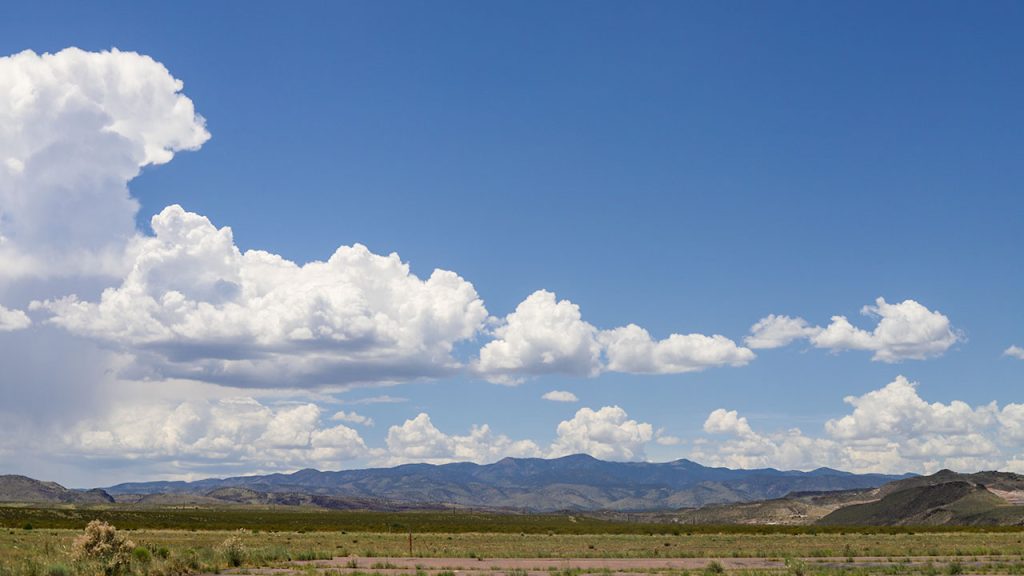
1. Moist Air Rises and Cools
Cloud formation begins when warm, moist air located near Earth’s surface rises into the atmosphere. This often happens when the Sun heats the ground, causing air to warm and become lighter than the surrounding air so it ascends.
As the air rises, the atmospheric pressure decreases, causing the air parcel to expand and cool.
2. Air Reaches Its Dew Point Condensation Begins
As the rising air cools, it may reach its dew point the temperature at which the air becomes saturated with water vapor and can no longer hold all of its moisture in gas form. At this point, the excess water vapor condenses into tiny droplets or ice crystals.
This condensation requires condensation nuclei tiny particles in the atmosphere (like dust, salt, or smoke) for water vapor to cling onto.
3. Cloud Droplets Form and the Cloud Grows
Once condensation starts, these droplets cluster to become visible clouds. As more moist air rises and cools, more vapor condenses, and the cloud thickens. If the cloud droplets grow large enough, they may eventually lead to precipitation, though cloud formation itself is a prior step.
4. Why Clouds Matter in Weather and the Water Cycle
Clouds are a key component of the water cycle and of Earth’s weather systems. They store and transport moisture, reflect sunlight, and help regulate the planet’s temperature.
Different cloud types can signal different weather outcomes for example, high thin clouds can indicate an approaching front, while tall, dense clouds can signal storms.
Clouds form when warm, moist air rises, cools, and condenses around small particles in the atmosphere. This natural process is essential for the water cycle, weather formation, and maintaining Earth’s climate balance.



